Using Third Party Sites for ECommerce
Third party sites for eCommerce businesses come in all shapes and sizes; all with different benefits, functions and features. Between suppliers,...
I know what I am looking for, and would like to chat.
A team of data-driven marketers obsessed with generating revenue for our clients.
Because the proof is in the pudding.
At Campaign Creators we live by three principles: Autonomy, Mastery, Purpose.
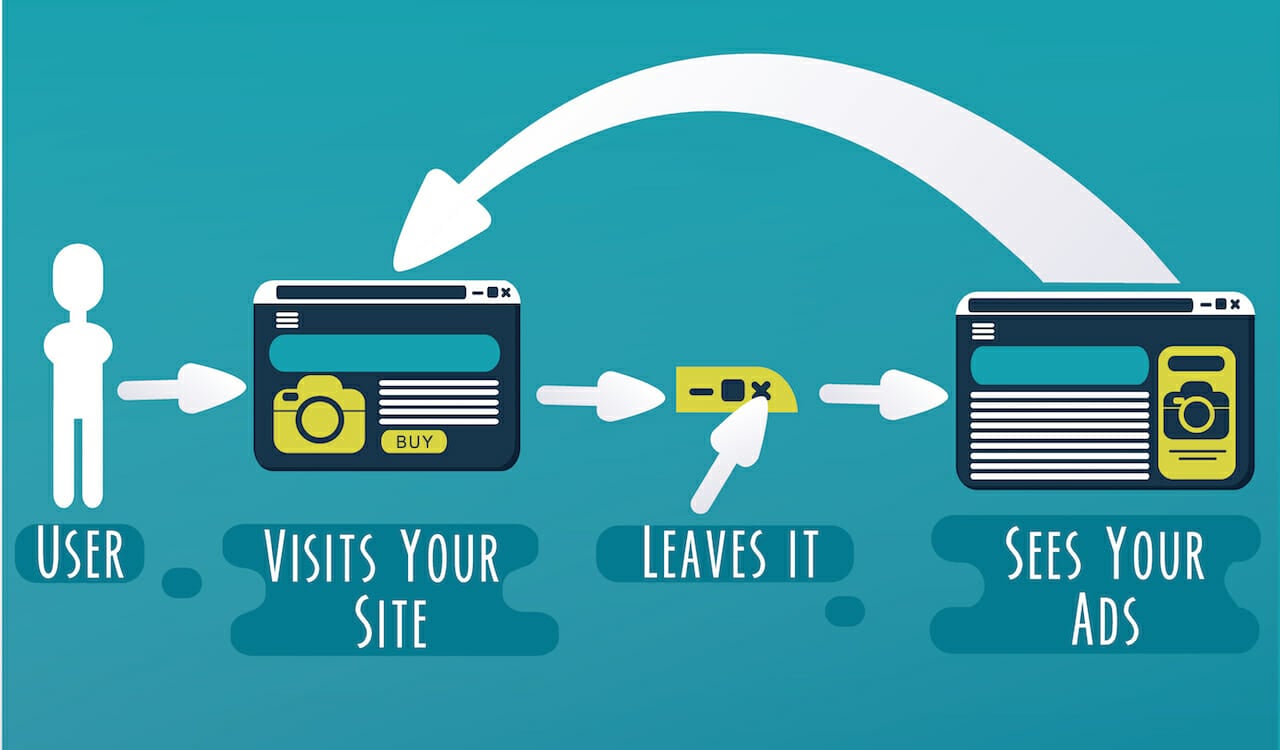
If you have an eCommerce website, then you’re probably familiar with retargeting and remarketing. The thing is, it’s common to be familiar with the terms, but not distinguish them correctly within your overall eCommerce marketing plan. Remarketing and retargeting...are they the same? Different?
Let’s say you’re in dire need of a new pair of sneakers. You get on Google, and start doing your research. You compare brands, styles, and prices, and finally land on the shoes that meet your expectations. You add them to your cart, but your computer crashes. Or a zombie apocalypse distracts you from your purchase! Or (the likely answer), you just decide you don’t want to buy those sneakers yet and close your browser.
Whatever the reason, you notice over the next few days that your online browsing is interrupted by ads for the sneakers you almost bought. Coincidence? Definitely not. These ads keep reminding you to complete your purchase...until you eventually take the bait. You end up back on the site (no sign of an apocalypse), and buy the sneakers.
This is a successful example of retargeting. Remarketing, similarly, would handle this type of issue via email, rather than via the ads approach.
This blog will identify the different approaches available for retargeting and remarketing, and teach you how to build separate, but equally strategic, campaigns. Let’s jump in!
Marketers make the common mistake of using “retargeting” and “remarketing” interchangeably, when in fact, they are quite different. I don’t mention this because I care how politically correct you’re being about these terms. Instead, I mention it because it’s important to be familiar with the different campaigning tactics depending on whether you’re remarketing or retargeting someone. Let’s define the terms:
Remarketing is used for reaching your previous customers. Its primary goal is to re-engage customers to continue buying from you. This is all conducted through email and SMS messaging (but we’ll focus on email), and is a cost-effective way to make sales. Your emails will offer reminders, exclusives, and incentives of any kind. The goal is to maintain top-of-mind awareness, and increase your customer lifetime value (LTV).
Retargeting is used for reaching people who have interacted with your site, but didn’t buy anything. They could have simply surfed your site, created a wishlist, or gone as far as to add items to their cart. Point is, all these visitors exited before purchasing. You get to customize what qualifies a visitor for retargeting, but the goal of retargeting is the same for everyone: bring interested visitors back to buy.
Some eCommerce businesses make the mistake of putting all their time into either remarketing or retargeting, rather than both. It’s important to remember that both remarketing and retargeting campaigns are effective, and a combination of these strategies will award your business extra revenue.
Retargeting and remarketing require separate strategies, and as a result, the benefits they provide will also be different. If you’re on the fence about whether the investment in retargeting and remarketing is worthwhile, read below about how both strategies can contribute significantly to your business’s bottom line:
It makes sense, right? The more you communicate, the more people will remember you. Salesforce reported that it takes 6 to 8 touches before a shopper turns into an Sales Qualified Lead (aka someone who is ready to have a sales conversation). So prioritizing consistent communication is going to provide those touch points, and make a huge impact on sales. SEO Samba provides some insight into pre-purchase behavior that solidifies the importance of consistency in your sales conversations and communications:
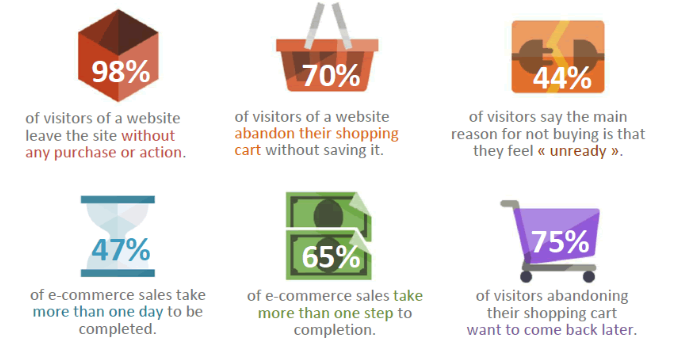
I’ll let the numbers do the talking here. From Google retargeting campaigns alone, businesses experience a rise in conversion rates. Email marketing is said to increase revenue by 11%. People say they’re willing to sacrifice privacy for a better deal. Remarketing and retargeting push more customers down the sales funnel, and do it faster.
If you didn’t already know, it’s five times more costly to acquire a new customer than it is to retain one. What’s convenient about remarketing and retargeting is that the people you’re reaching out to have already interacted with your content in some way. They’re more likely to know and trust your brand...and subsequently, more likely to make a repeat purchase.
The proof is in the return: The engagement rate on remarketing and retargeting ads (400% more engagement, by the way) is fiercely higher than if you were trying to capture a target market that isn’t familiar with you yet. Why spend all that time generating leads, when you have a swathe of interested contacts who are further down the funnel??
Now that we’ve outlined the benefits of remarketing and retargeting, let’s dig deep into each one of these strategies to understand how to implement them for your eCommerce business.
Choosing what type of email to send to your customers can be a challenge, because the answer is...it depends. Create criteria that qualifies certain customers for certain types of emails, and continue to optimize until you’re happy with the return. Here are some remarketing email options:
Offer a coupon: Everyone likes coupons. But, you might not want to offer all your customers a promotion, for fear they’ll rely on sales. It would be strategic to offer deals to past customers who only purchased something on sale, or past customers who are loyal and reliable, long-time customers of yours.
Present a free gift: Free gifts are a good way to coax past customers to repurchase without having to offer a discount. To ensure you profit, offer them the gift as long as they spend a minimum amount on something else. For example, “Spend $30 or more to receive this free gift.”
Run a promotion with a time restriction: This method will accelerate the amount of purchases made, and makes the deal more memorable, as customers have to act fast. Starbucks uses this method with their rewards program:
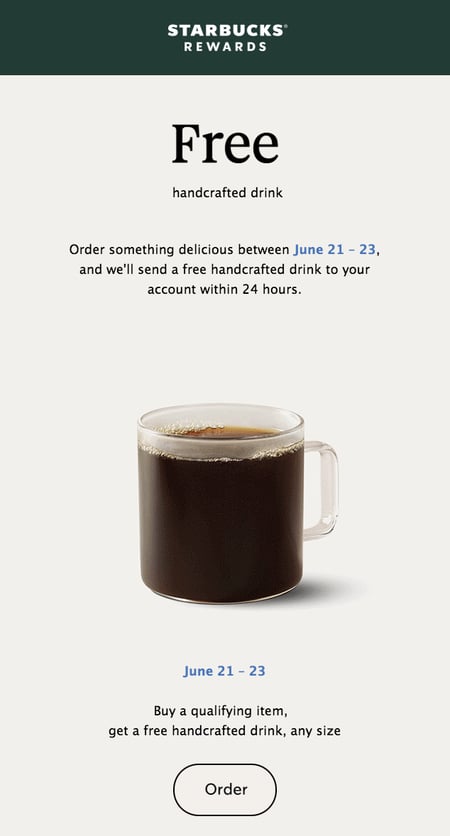
The most important thing to keep in mind when creating your remarketing emails is what kind of email would recapture a customer best, given what they already bought. You have a unique opportunity when remarketing to personalize the email based on your customer’s previous behavior. When done appropriately, all that’s left to do is choose what kind of email you’ll send.
Half the battle in your remarketing campaign is understanding why customers stopped buying from you. Keep in mind that the reasons will vary, but these are some of the more common ones:
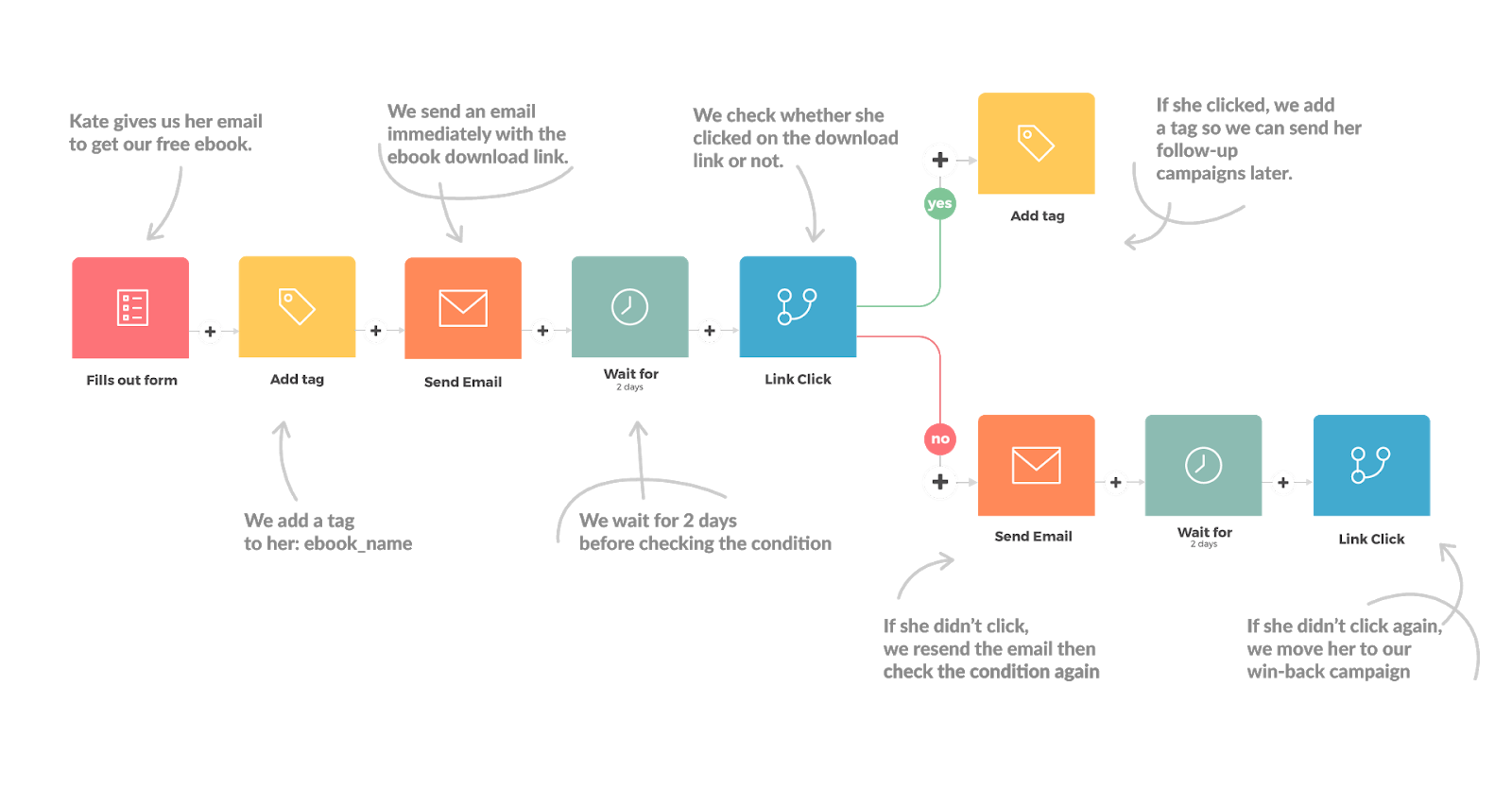
Source: Automizy
From the subject line to the email copy itself, your customers will only pay attention if you effectively engage them.. Here are some quick tips and best practices for email personalization and writing persuasive copy:
Now that we’ve introduced some ways to tackle your remarketing campaign, let’s look at how retargeting can improve sales for your eCommerce business.
Before beginning your retargeting strategy, you need to be familiar with your options. There’s a myriad of ways to engage with potential customers, and it will take some industry research before you lock down the most effective medium to spend advertising dollars on. Here are a few of the most popular retargeting platforms:
Google Ads is the most commonly used retargeting platform. This is because retargeting on Google allows you the ability to rank first on a site with over 5 billion searches per day. Most business types would reach their market this way. The downside? Targeting is broad, and you’ll have to compete through the clutter of other ads from your competitors.
Another highly effective way to advertise is through Facebook. Often, your customers spend most of their time on Facebook (74% of all internet users visit Facebook on a daily basis). Similar to Google, your reach will be vast, but much more targeted. It’s noteworthy that people are on Facebook for leisure, whereas on Google, traffic is much more destination-oriented. People’s willingness to stop and engage with your Facebook ad is reportedly slightly highly than Google ad engagement. I won’t forget to mention that Facebook ads are also the cheapest.
So, when would your business not benefit with Facebook advertising? Likely when your target market is younger, as activity from a younger audience is climbing on other social platforms, and declining on Facebook.
Recapturing customers with LinkedIn ads is a much more niche approach to retargeting, but effective when your customers are primarily business professionals. If your business is B2B, this is a platform worth considering. LinkedIn’s ability to target accurately is a huge bonus, and it can accomodate for skill-based lead qualifications.
Campaigning using Twitter Ads is a unique experience. An incentive to advertise on Twitter is that you will only pay for performance. If you don’t achieve your marketing objective, then you don’t pay. The CPC is low, and the targeting is high using keywords and tailored audiences. This type of advertising is recommended if you want to focus on your CRM. The interaction capabilities on Twitter will make your advertising a more personal experience for customers.
The power of Instagram Ads is often underestimated. It’s true, there are significantly less users on Instagram than on Facebook, and that’s something to consider. But, if you know your market well, and a good portion of that market are Instagram users, then you should take advantage of the fact that Instagram delivers 58X more engagement per follower than Facebook and 120X more engagement per follower than Twitter.
Your retargeting strategy will be specific to the type of business you run, so keep in mind that choosing between so many social platforms is an iterative process. You might have the right platform for your audience, but the wrong message. You might have a great message, but you miscalculated your target market. It’s important to not feel discouraged by some delay in ROI, but to tweak your strategy along the way. Let’s go over some strategies that should help you achieve the results you want a little sooner.
If it hasn’t been said enough, targeting is going to benefit both sides of this conversation: you’ll be saving money, and the audience you’re speaking to will actually want to hear from you. Before you do anything, get your targeting right.
Although you already have a list with people to retarget, you might want to customize it further. This is good especially if your site handles a large sum of traffic. For example, you could retarget with ads to those who come back to your site more than once, add items to a wishlist, or bookmark a page. We suggest retargeting with email to those who abandon their cart, as you know their purchase intention was high. In order to do this, though, you have to first acquire their email.
How do you get shoppers to provide their email before making a purchase? By incentivizing their membership to your site. You should always provide the option to opt-out, but you can minimize the amount of people who do so by making your subscription pitch irresistible. See how Barnes and Noble does this:
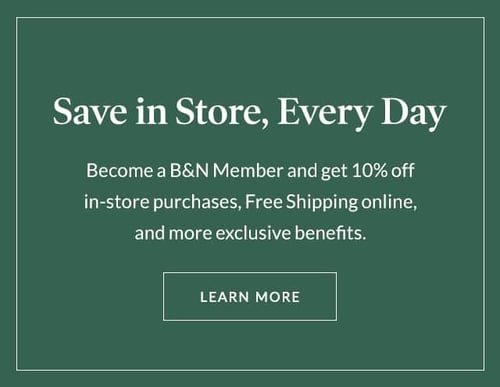
Once shoppers have provided their email, you can start reaching out (while it’s still relevant). Here’s how Best Buy retargets members who’ve abandoned their carts:
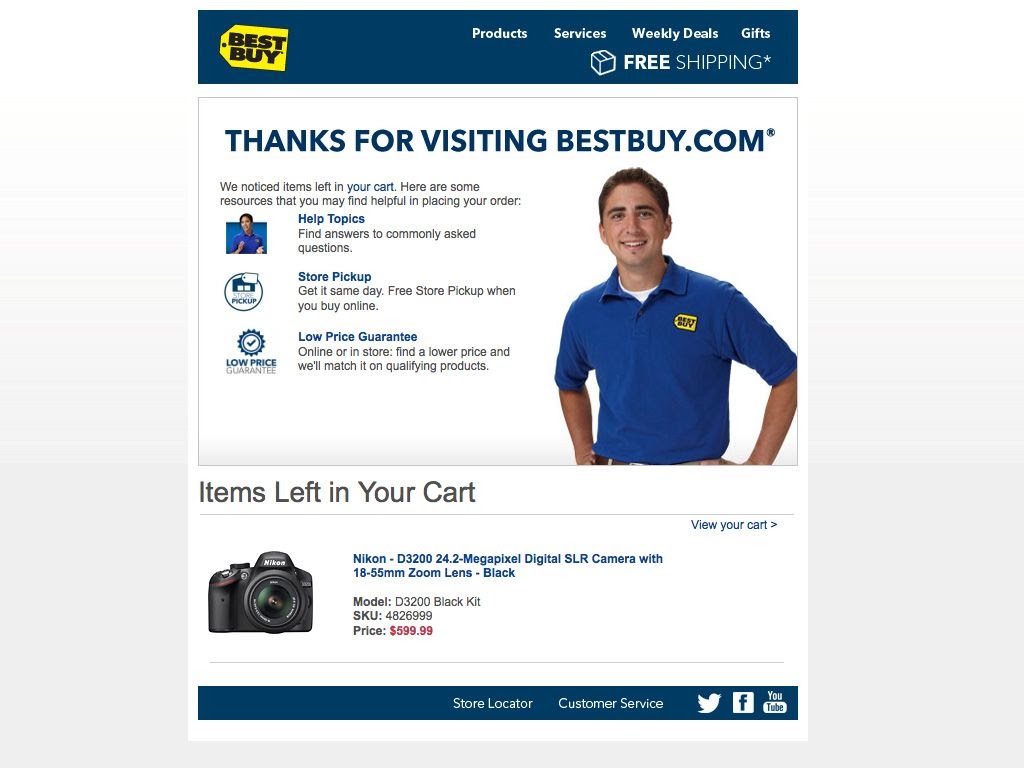
There are a number of reasons why a consumer might leave before purchasing, so add value to your eCommerce business by offering an incentive; whether that’s a coupon, free shipping, or a buy-one-get-one-free deal. Make sure the aesthetic of the ad is appealing in order to draw people’s attention back to your site. Keep the ad consistent with your brand, the copy short and to the point, and always link back to your site. Here’s how Zooji.com designed their pop-up:

Taking a considerable amount of time to analyze your remarketing and retargeting campaigns is the secret to profit for your business. It costs the least, sells the most, and maintains your brand’s reputation by knowing how to talk to the right people.
But if you're receiving a good amount of traffic to your website, but not many of those visitors are converting, you may have a bigger problem. The solution? ECommerce Conversion Rate Optimization (CRO).
Learn how to improve your website conversions and drive revenue with our 8-step process. Download your free ECommerce CRO Guide to learn everything you need to know to implement an effective CRO process for your eCommerce brand.

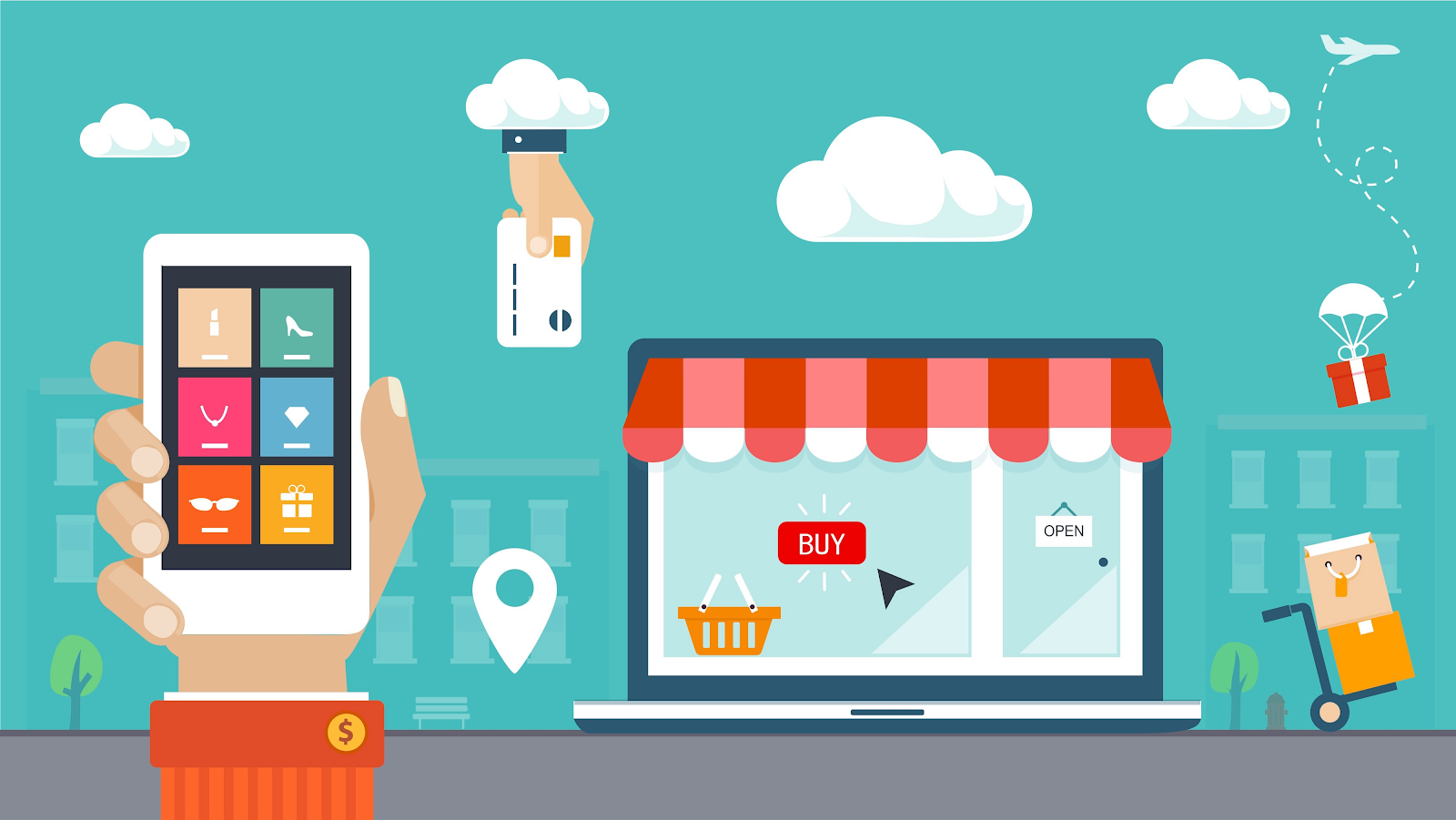
Third party sites for eCommerce businesses come in all shapes and sizes; all with different benefits, functions and features. Between suppliers,...
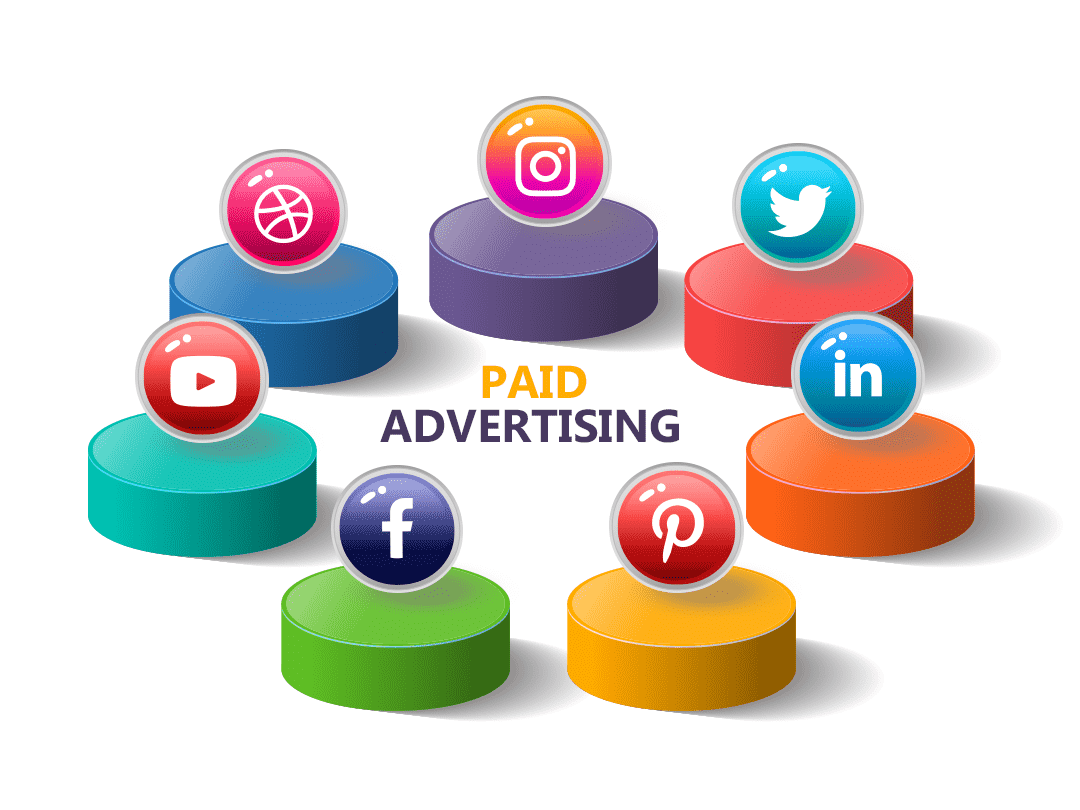
You’ve got a great product. You’ve optimized your landing pages. You’re getting great visibility from your SEO tactics. But your traffic numbers are...
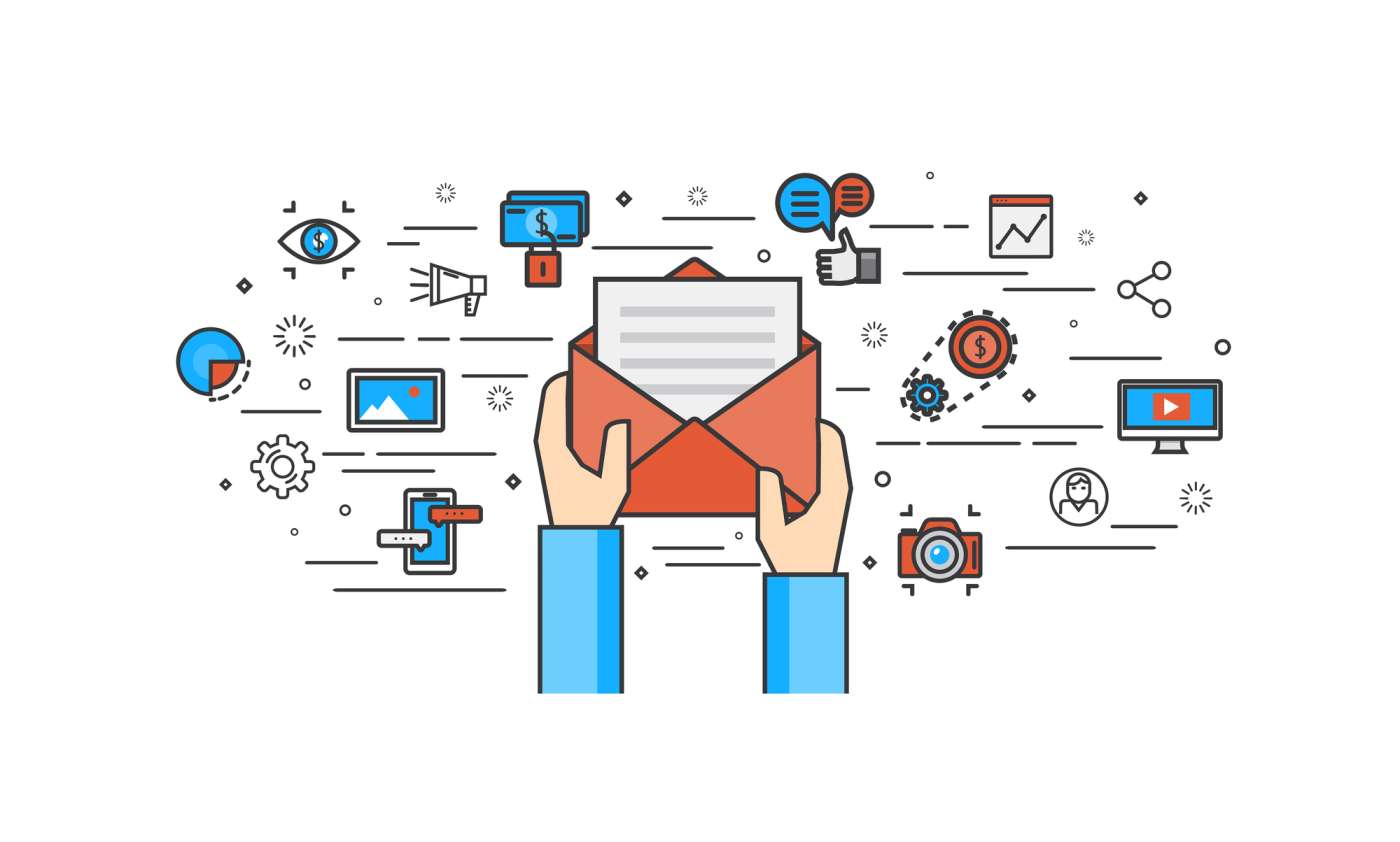
If you’re looking to optimize your eCommerce marketing, you should start with your eCommerce email marketing automation strategy.